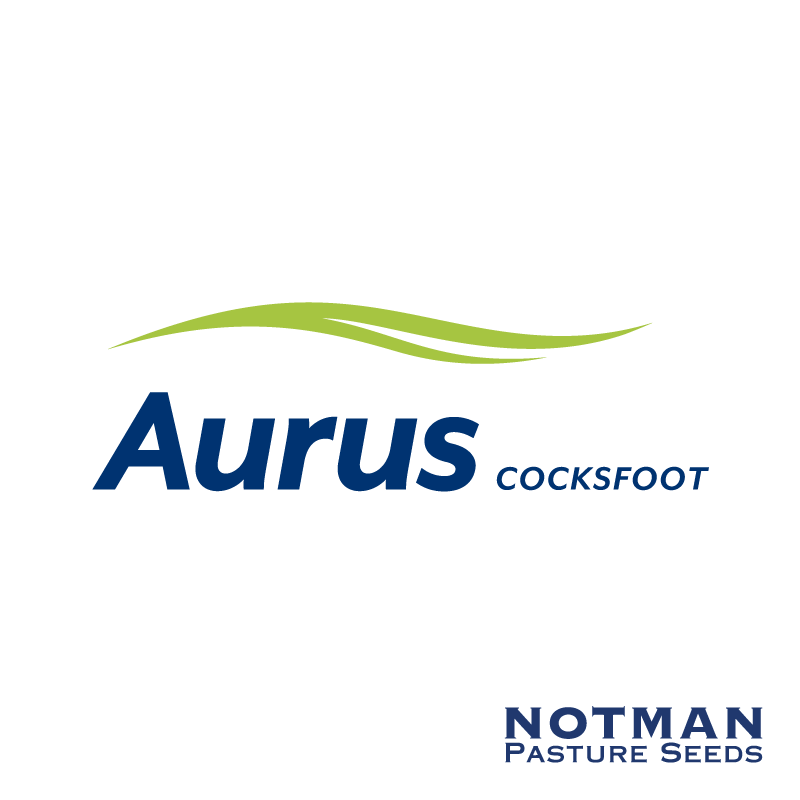Description
Aurus Cocksfoot is an upright, summer active cocksfoot with strong winter growth and a parentage that combines Uruguayan and French genetics. This combination provides both good winter growth and overall total yield. For a cocksfoot Aurus displays strong seedling vigour and establishment and with its upright growth habit is well suited to being sown with clover or lucerne in a mixed pasture sward.
Being a continental cocksfoot, it has very good drought tolerance compared to many other perennial grass species and excellent reseeding ability. Aurus cocksfoot is a very persistent grass when sown in appropriate rainfall zones with the ability to provide important forage production after tough dry periods and during cooler times of the year.
- Sowing Rate: 2-8 kg/ha
- Days to Grazing from 85 To 110
- Growing Seasons: Autumn, Spring, Summer, Winter
- Grazing Seasons: Spring, Summer, Autumn, Winter
- Grazing Method Rotational Grazed – Long Term
- Rainfall Minimum 650mm per annum
- Pasture Life 5 years+
Grazing management
Due to its slower establishment, early grazings of Aurus cocksfoot and ryegrass mixes should be frequent and light, using large mobs to reduce competition from the ryegrass.
Cocksfoot as a species needs regular grazings to manage seed head production and a compatible legume to support nitrogen requirements and maintain quality of the cocksfoot and overall pasture sward. It is important to select clovers suited to the environment and a soil nutrient status that supports legume growth and nitrogen fixation. Grazing management of the mixed pasture sward should focus on promoting growth of clover and removing cocksfoot seed heads.
For best results, maintain the pasture in a short and leafy state and consider the use of cattle and topping to remove excessive growth. Maintaining the sward in a short and leafy state should reduce the ‘clumping’ effect of cocksfoot. As a species cocksfoot is extremely responsive to nitrogen. To maximise production, an appropriate legume content and/ or strategic nitrogen applications are recommended to boost production.











